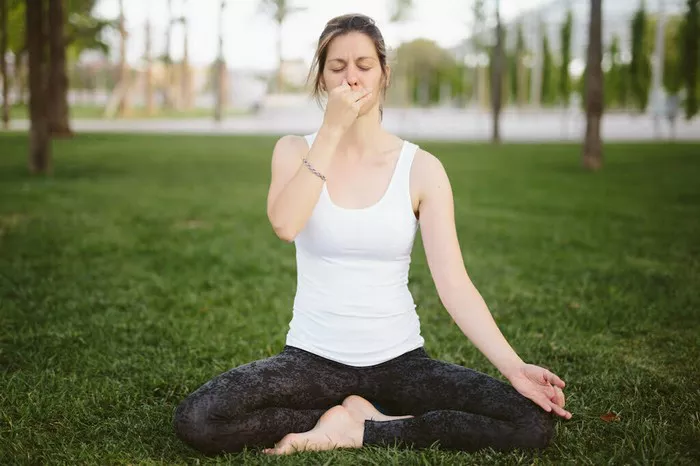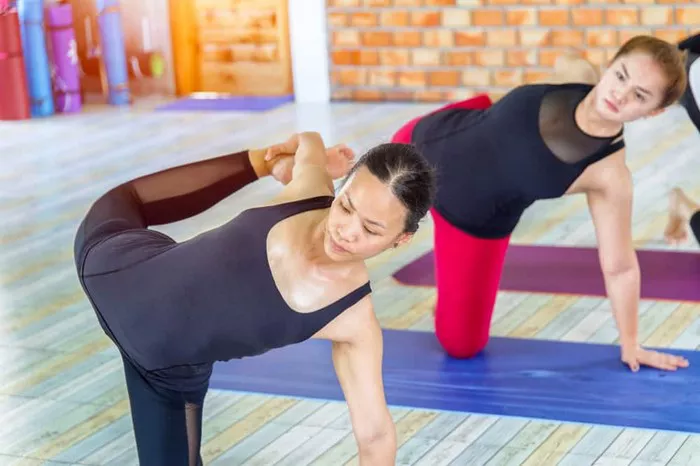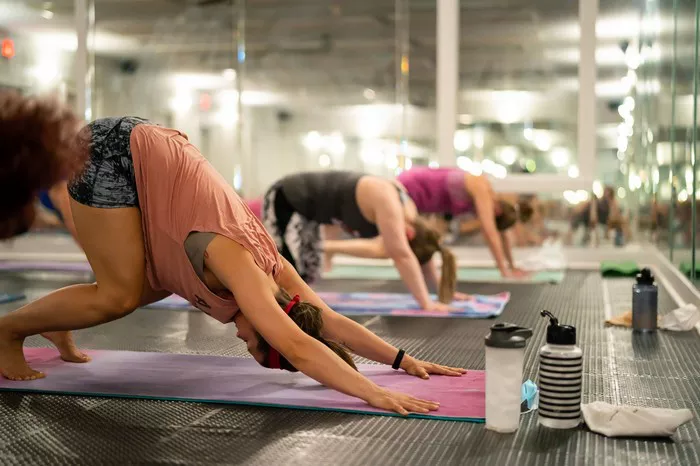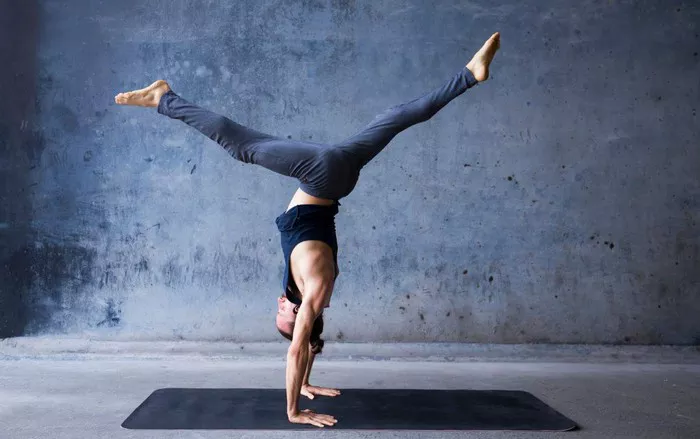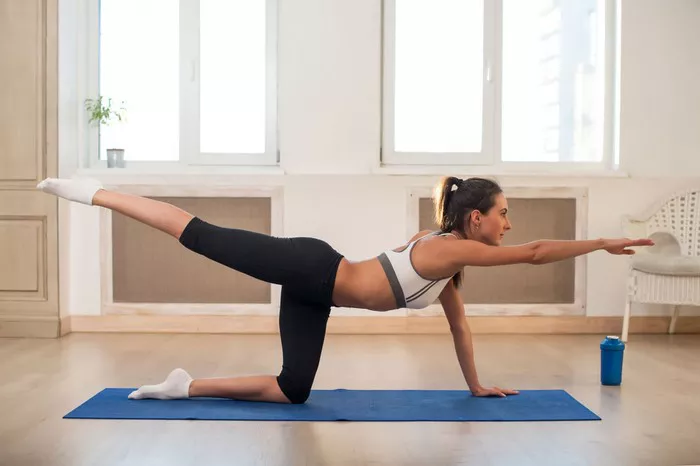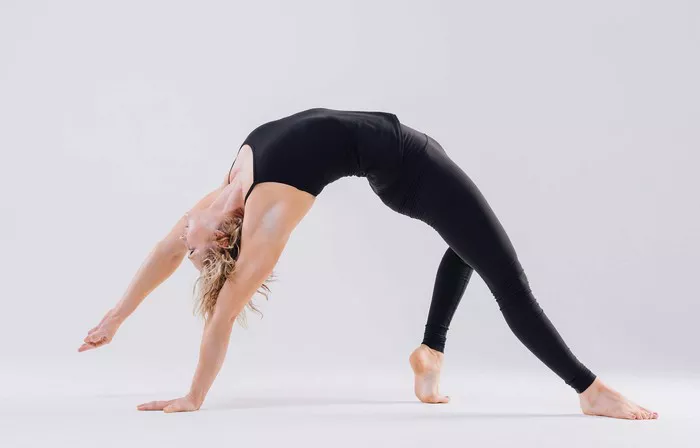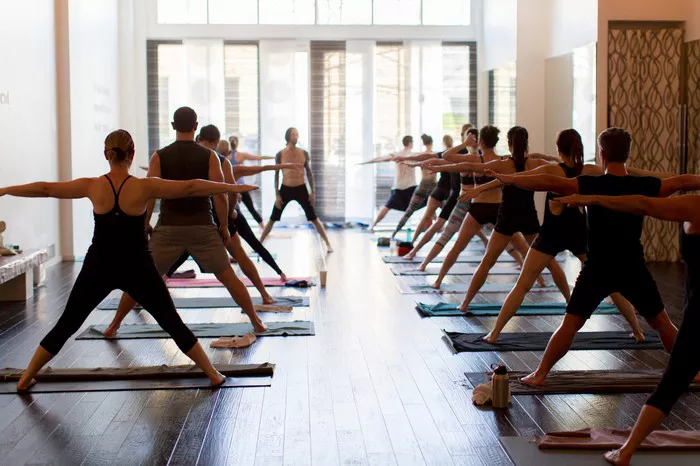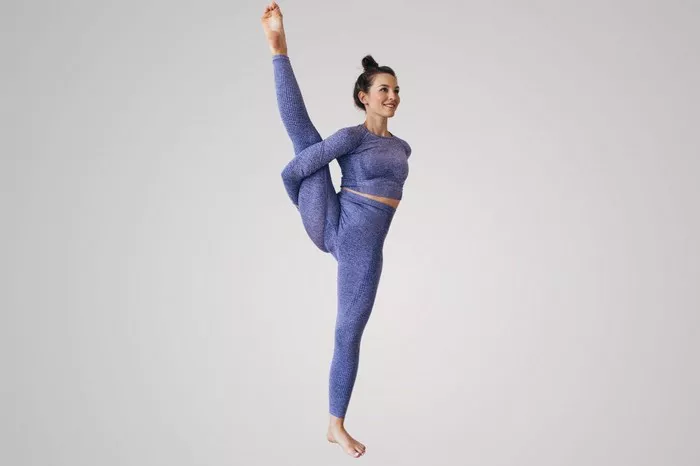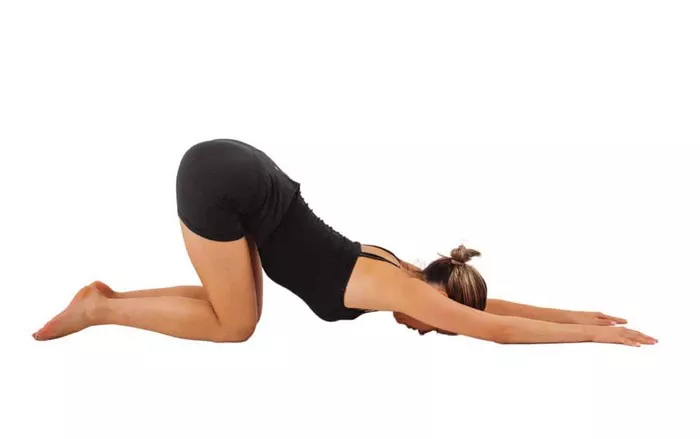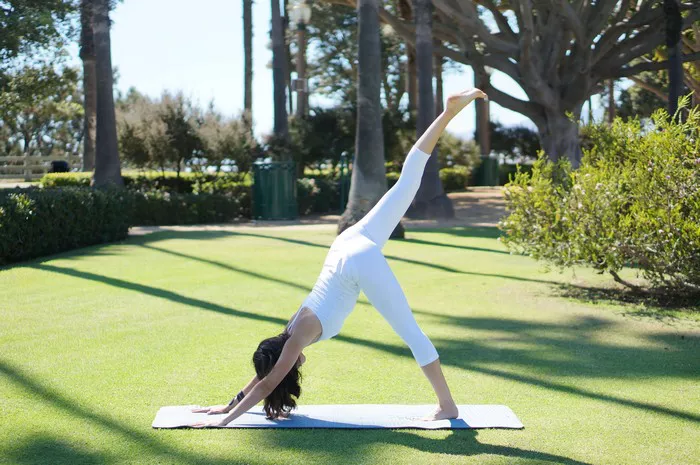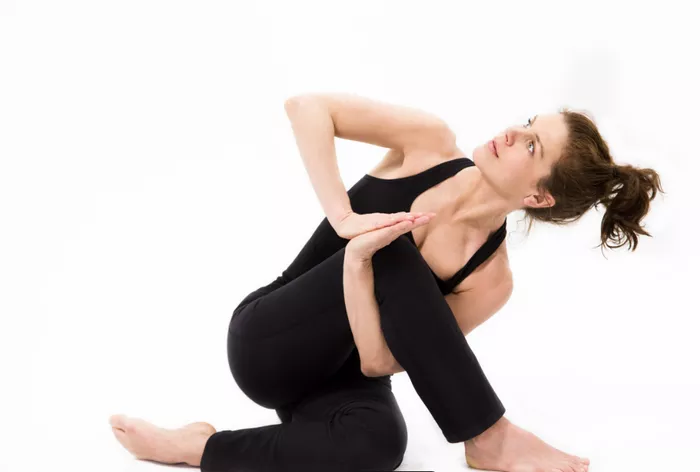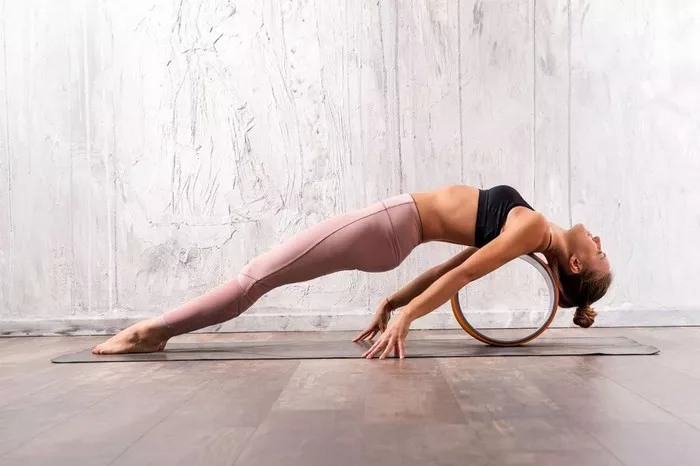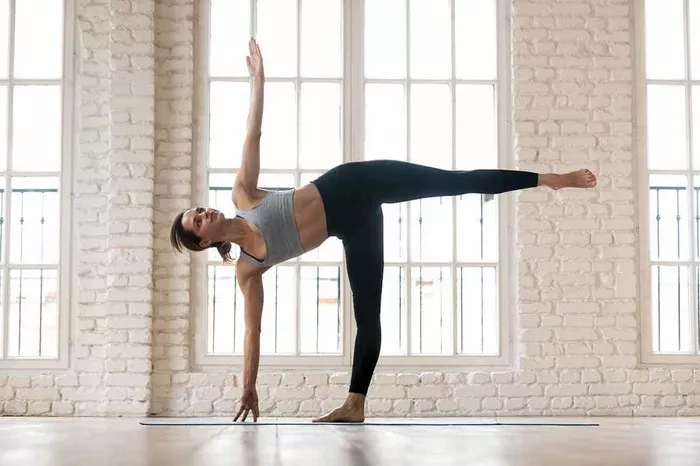Ashtanga Yoga and Ashtanga Vinyasa Yoga differ in multiple aspects. Ashtanga Yoga is a traditional practice with a fixed sequence, emphasizing static postures, strict Ujjayi breathing, and a disciplined path to spiritual enlightenment. Ashtanga Vinyasa Yoga is a more contemporary, adaptable form, focusing on fluid movement, variable breathing, and personalized spiritual exploration, making it accessible to a wider range of practitioners.
Ancient Origins and Modern Interpretations: Tracing the Lineages
Ashtanga Yoga traces its roots back to ancient India, deeply embedded in the rich tapestry of traditional yogic practices. The modern – day form of Ashtanga Yoga was popularized by Sri K. Pattabhi Jois, who learned the practice from his guru, Tirumalai Krishnamacharya. Jois dedicated his life to preserving and teaching the Ashtanga sequence in its most authentic form, emphasizing a strict lineage from guru to disciple. This ancient – based practice has a sense of timelessness, with its practices unchanged for centuries, aiming to guide practitioners towards spiritual enlightenment through physical and mental discipline.
Ashtanga Vinyasa Yoga, while influenced by Ashtanga Yoga, represents a more contemporary interpretation. It emerged as a way to adapt the traditional Ashtanga principles to a wider audience and modern lifestyle. The term “Vinyasa” means “flow” in Sanskrit, and Ashtanga Vinyasa Yoga incorporates this concept of continuous movement more prominently. It takes the core elements of Ashtanga but allows for more flexibility and creativity in teaching, making it more accessible to those who may not be able to adhere to the strictness of the traditional Ashtanga practice.
Structure of Practice: Rigidity vs. Adaptability
Ashtanga Yoga is renowned for its highly structured and fixed sequence of postures. There are six primary series in Ashtanga: the Primary Series (Yoga Chikitsa), the Intermediate Series (Nadi Shodhana), and four Advanced Series. Practitioners are expected to start with the Primary Series and progress through the levels in a sequential manner, mastering each series before moving on to the next. This fixed structure is designed to systematically open the body, purify the nervous system, and gradually lead the practitioner towards a state of self – realization. Every posture in the series has a specific place and must be performed in the exact order, fostering a sense of discipline and progress.
In contrast, Ashtanga Vinyasa Yoga offers more adaptability in its structure. While it still retains the fundamental postures and principles of Ashtanga, teachers have more freedom to create their own sequences. These sequences can be tailored to the level of the students, the theme of the class, or the teacher’s focus. Instead of a rigid, unchanging series, Ashtanga Vinyasa Yoga classes may vary in the order and combination of postures, providing a more dynamic and diverse practice experience. This adaptability makes it suitable for a broader range of practitioners, from beginners to advanced yogis looking for something new.
Asana Focus: Static Holds and Precision vs. Fluid Flow
In Ashtanga Yoga, a significant emphasis is placed on holding each posture for a specific number of breaths. This static hold in postures helps to build strength, endurance, and stability in the body. For instance, postures like Navasana (Boat Pose) require practitioners to engage their core muscles and maintain the pose for several breaths, gradually increasing physical strength. Moreover, Ashtanga Yoga focuses on the precision of each asana. The correct alignment and form of postures are crucial as they are believed to affect the flow of prana (life force energy) through the body. Any misalignment can disrupt this energy flow, so great care is taken to ensure each movement is accurate.
Ashtanga Vinyasa Yoga, on the other hand, has a greater focus on the fluid flow between postures. The practice emphasizes continuous movement, with transitions between asanas being an integral part of the experience. Vinyasa flows, such as the movement from plank pose to chaturanga, upward – facing dog, and downward – facing dog, are frequently incorporated to link postures together. This dynamic flow not only warms up the body more quickly but also challenges the body’s coordination, balance, and flexibility. While alignment is still important, the emphasis is more on the seamless transition and the overall flow of the practice rather than the extended static hold of individual postures.
Breathing Techniques: Rhythmic Synchronization with Variations
Ashtanga Yoga employs a specific breathing technique called Ujjayi breath. Ujjayi breath is a deep, audible breath taken through the nostrils, creating a soft “ocean – like” sound. This breath is slow, steady, and synchronized with the movement between postures and the holding of postures in the Ashtanga sequence. The Ujjayi breath serves to calm the mind, increase focus, and regulate the flow of prana. It also generates internal heat, which aids in purifying the body and preparing it for more challenging postures. The rhythmic synchronization of breath with movement is a fundamental aspect of Ashtanga Yoga, providing a sense of stability and rhythm to the practice.
Ashtanga Vinyasa Yoga also uses the Ujjayi breath as a foundation, but it may incorporate more variations in breathing techniques. Depending on the sequence and the teacher’s intention, other breathing methods might be introduced. For example, some Ashtanga Vinyasa classes may include longer inhalations and exhalations in certain postures to create a more relaxing effect, or shorter, more rapid breaths to increase energy. While still maintaining the connection between breath and movement, Ashtanga Vinyasa Yoga allows for more flexibility in breathing patterns to enhance the overall flow and experience of the practice.
Level of Intensity and Difficulty: Demanding vs. Accessible
Ashtanga Yoga is generally considered a more demanding practice, especially for beginners. The fixed sequence and the physical requirements of holding postures for extended periods demand a high level of strength, flexibility, and endurance. The continuous flow of postures, combined with the need to maintain a specific breathing pattern, can be physically and mentally challenging. However, for dedicated practitioners, Ashtanga Yoga offers a clear path of progression, with each series becoming increasingly difficult, pushing the boundaries of the body and mind.
Ashtanga Vinyasa Yoga, due to its adaptability, can be more accessible to a wider range of practitioners. Teachers can modify the sequences, adjust the intensity, and offer variations of postures according to the level of the students. This makes it suitable for those who are new to yoga or have physical limitations, as well as experienced practitioners looking for a less rigid practice. While it still provides a good workout and challenges the body, the ability to customize the practice makes Ashtanga Vinyasa Yoga a more approachable option for many.
Spiritual and Philosophical Underpinnings: Traditional Path vs. Contemporary Adaptation
Both Ashtanga and Ashtanga Vinyasa Yoga are rooted in the ancient yogic philosophy, but they approach spiritual and philosophical aspects in slightly different ways. Ashtanga Yoga adheres closely to traditional yogic concepts. It views the physical practice as a means to purify the body and mind, preparing the practitioner for deeper states of meditation and ultimately, self – realization. The strict discipline and fixed sequence are seen as essential elements in overcoming the fluctuations of the mind and achieving a state of Samadhi (union with the divine).
Ashtanga Vinyasa Yoga, while maintaining the core yogic philosophy, adapts it to a more contemporary context. It emphasizes the present – moment experience and the connection between the body, breath, and mind during the flow of the practice. The flexibility in the practice allows practitioners to explore their own spiritual journey in a more personalized way. It encourages self – awareness and mindfulness through the dynamic movement and breath synchronization, providing a modern – day approach to the ancient goal of spiritual growth.
Conclusion
In conclusion, Ashtanga and Ashtanga Vinyasa Yoga, though sharing common roots, present distinct characteristics that cater to different preferences and needs. Ashtanga Yoga offers a traditional, disciplined, and highly structured practice that challenges the body and mind with its fixed sequence and emphasis on precision and static holds. It is ideal for those seeking a rigorous path towards spiritual enlightenment and physical mastery.


